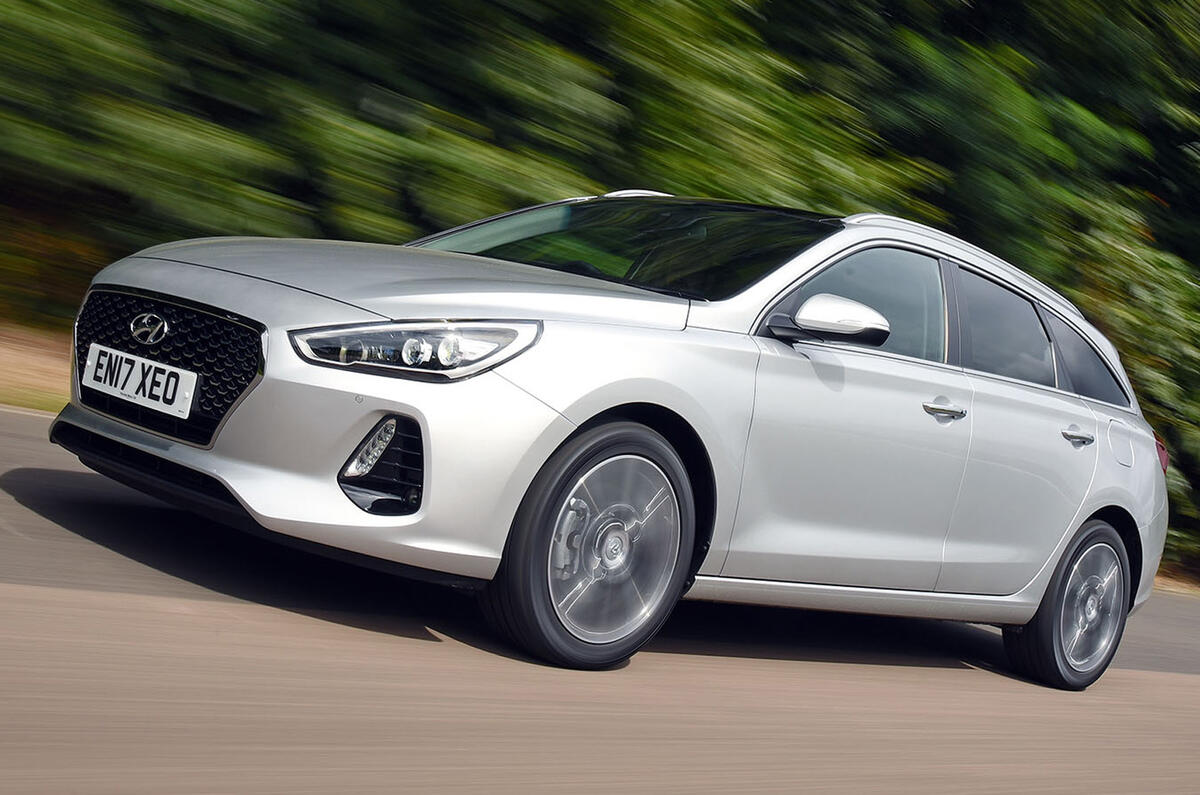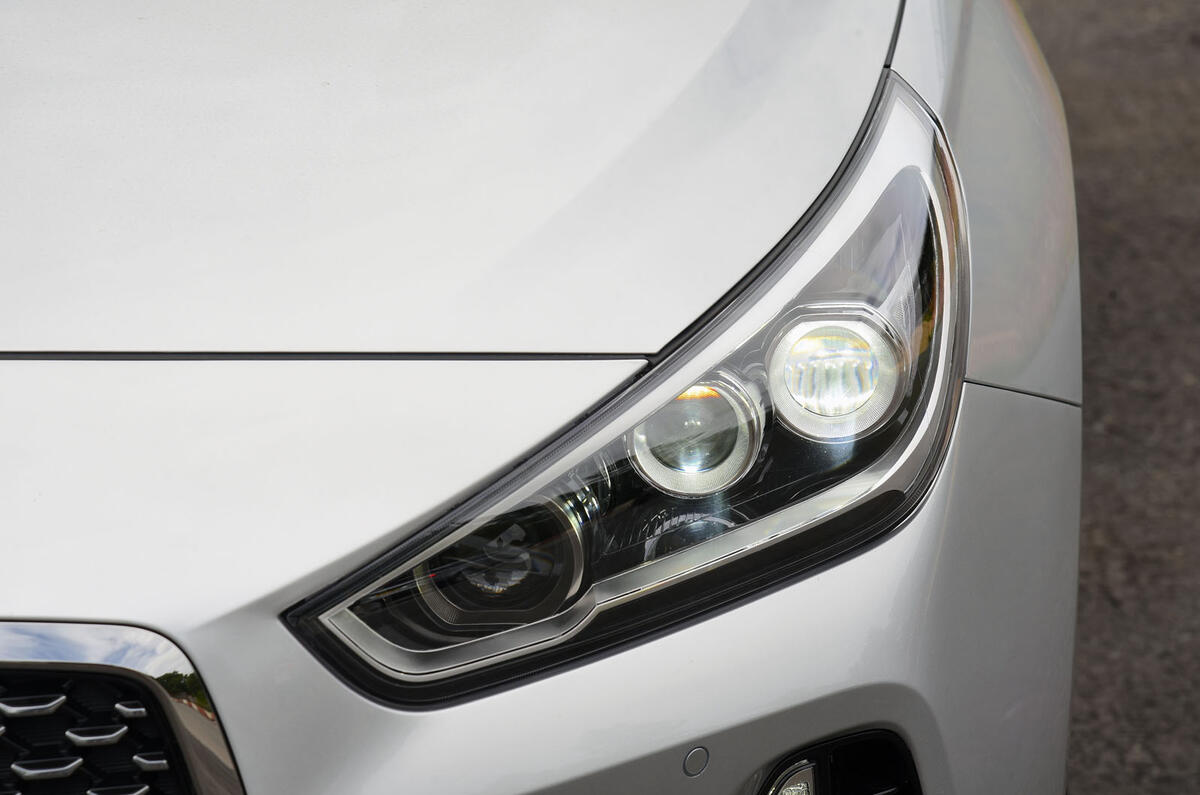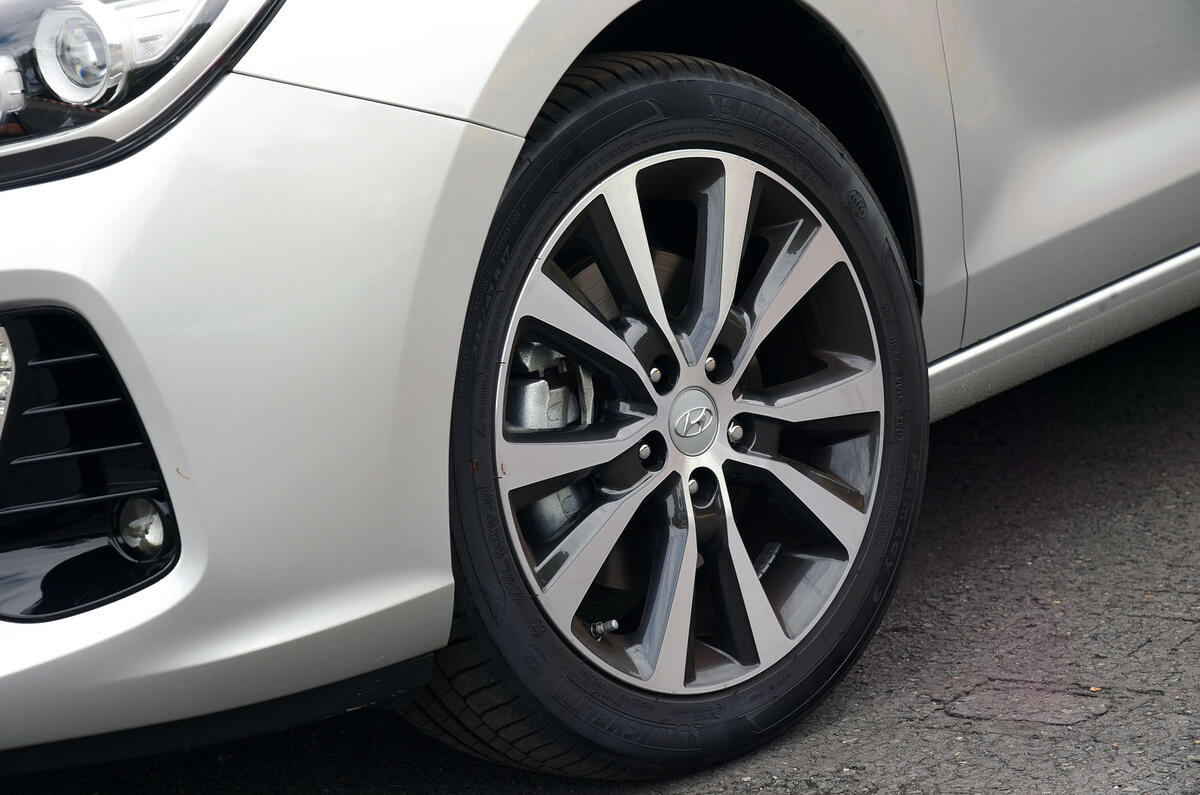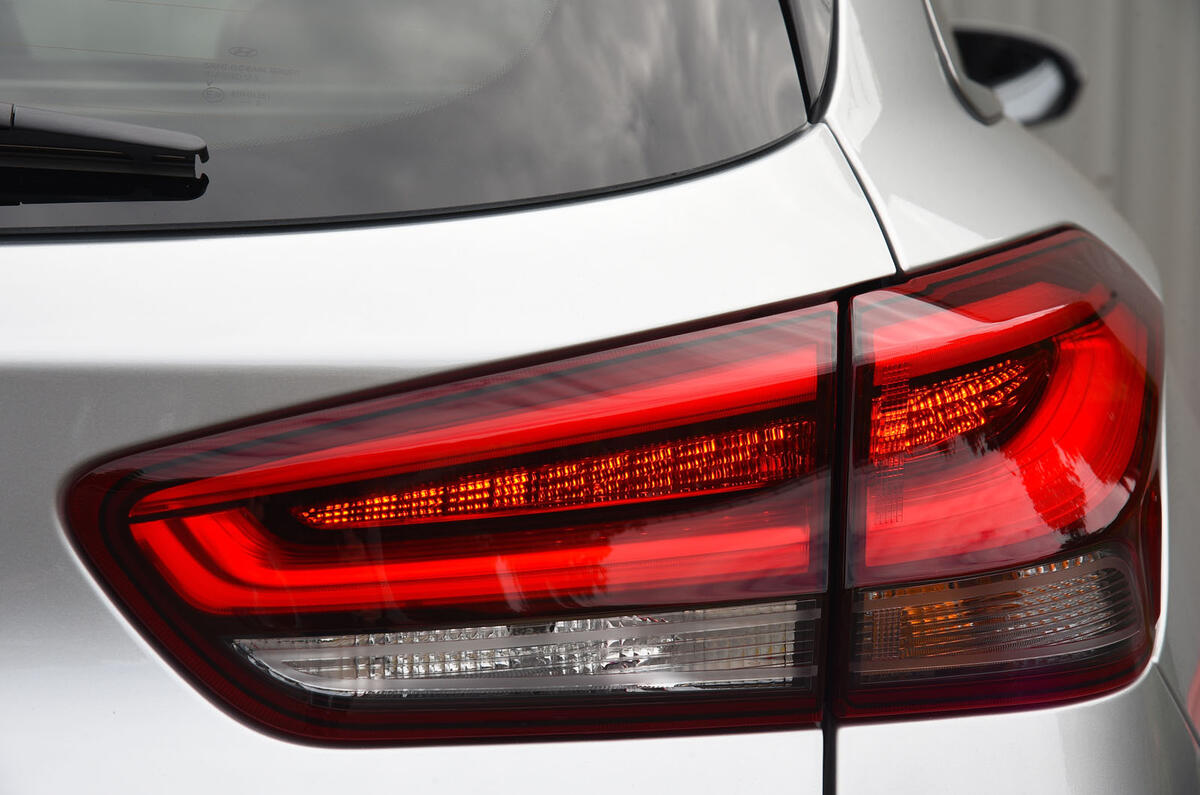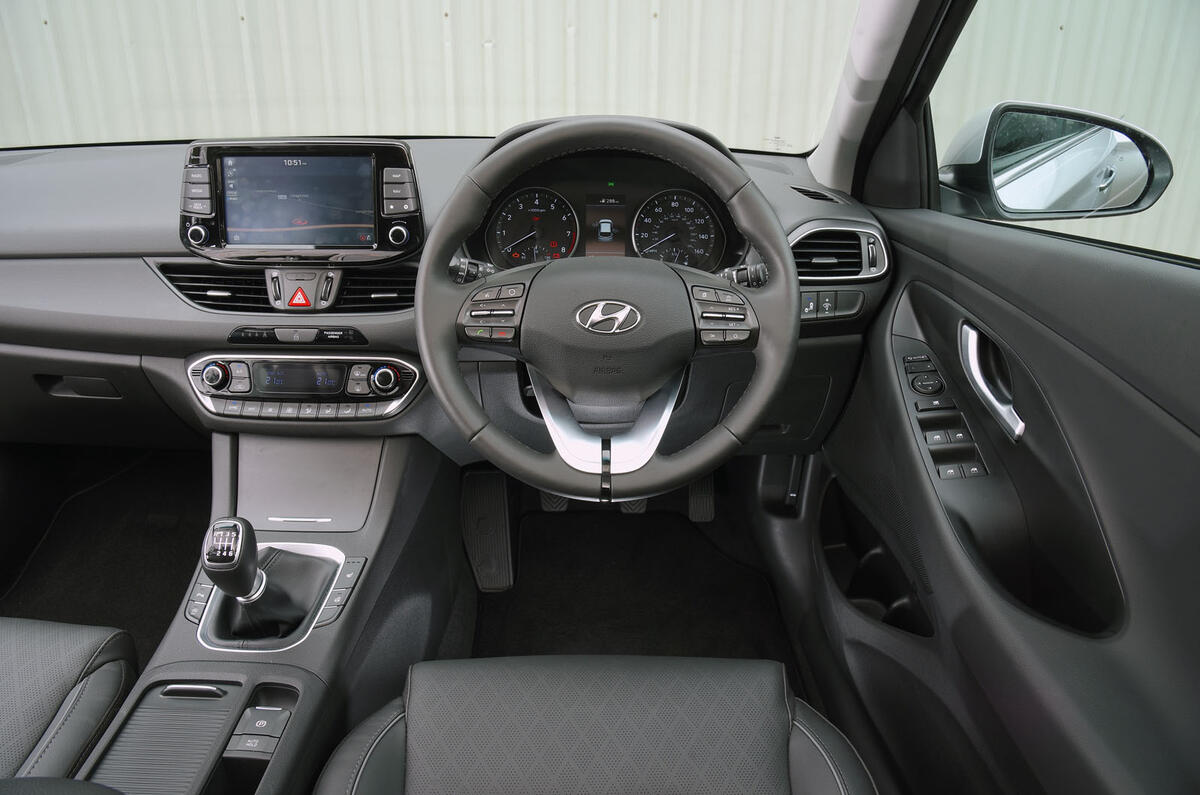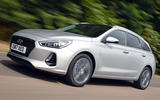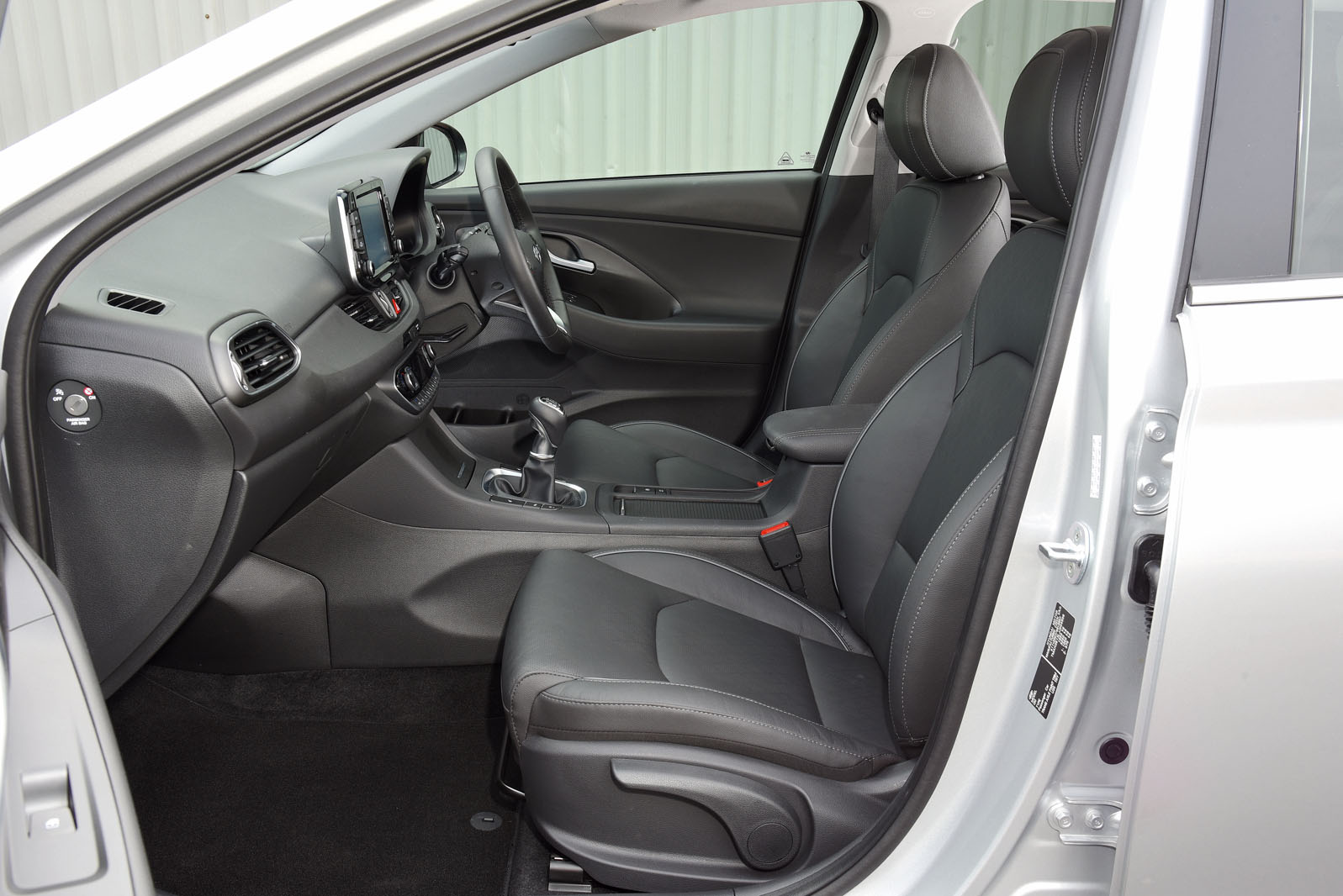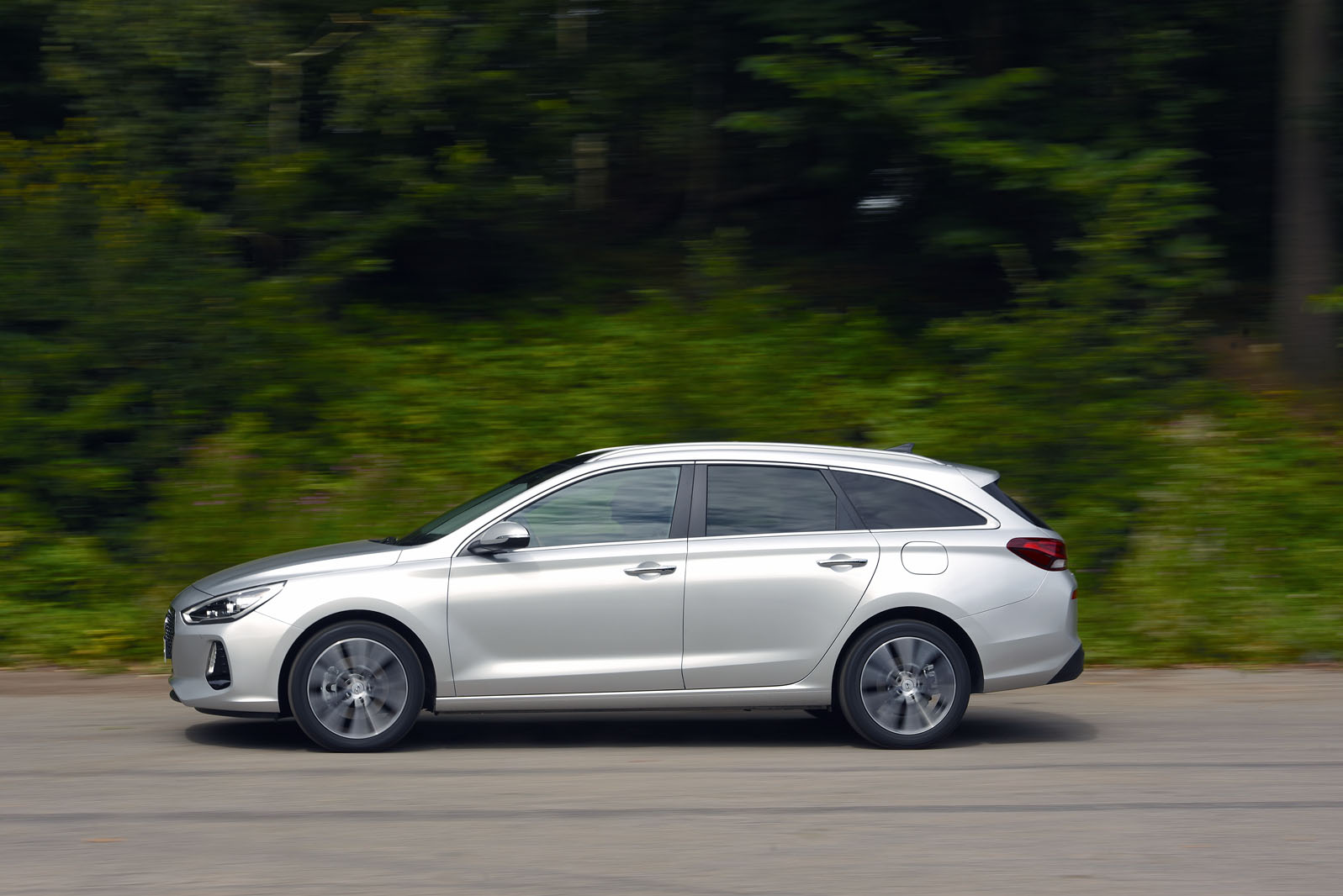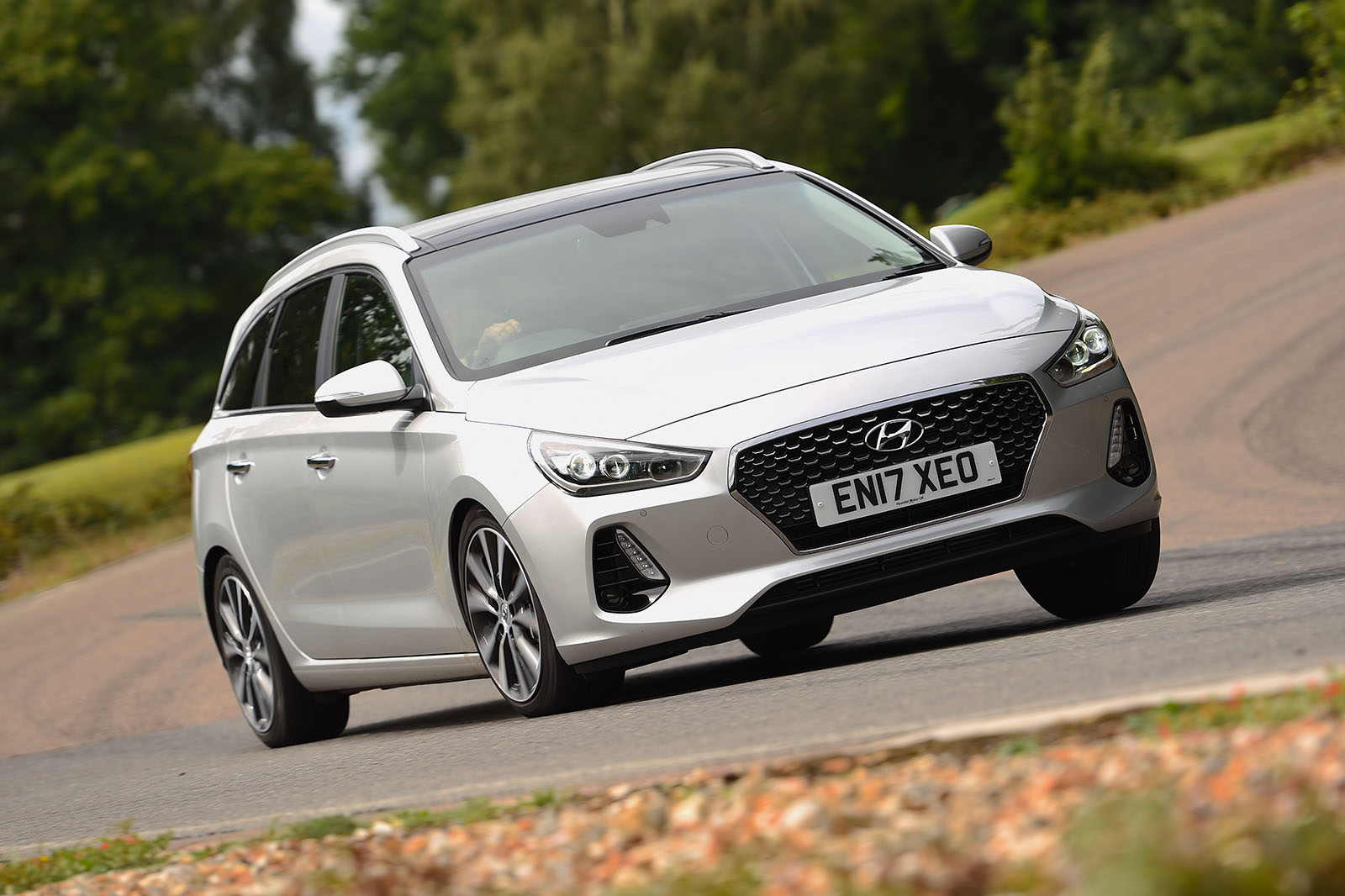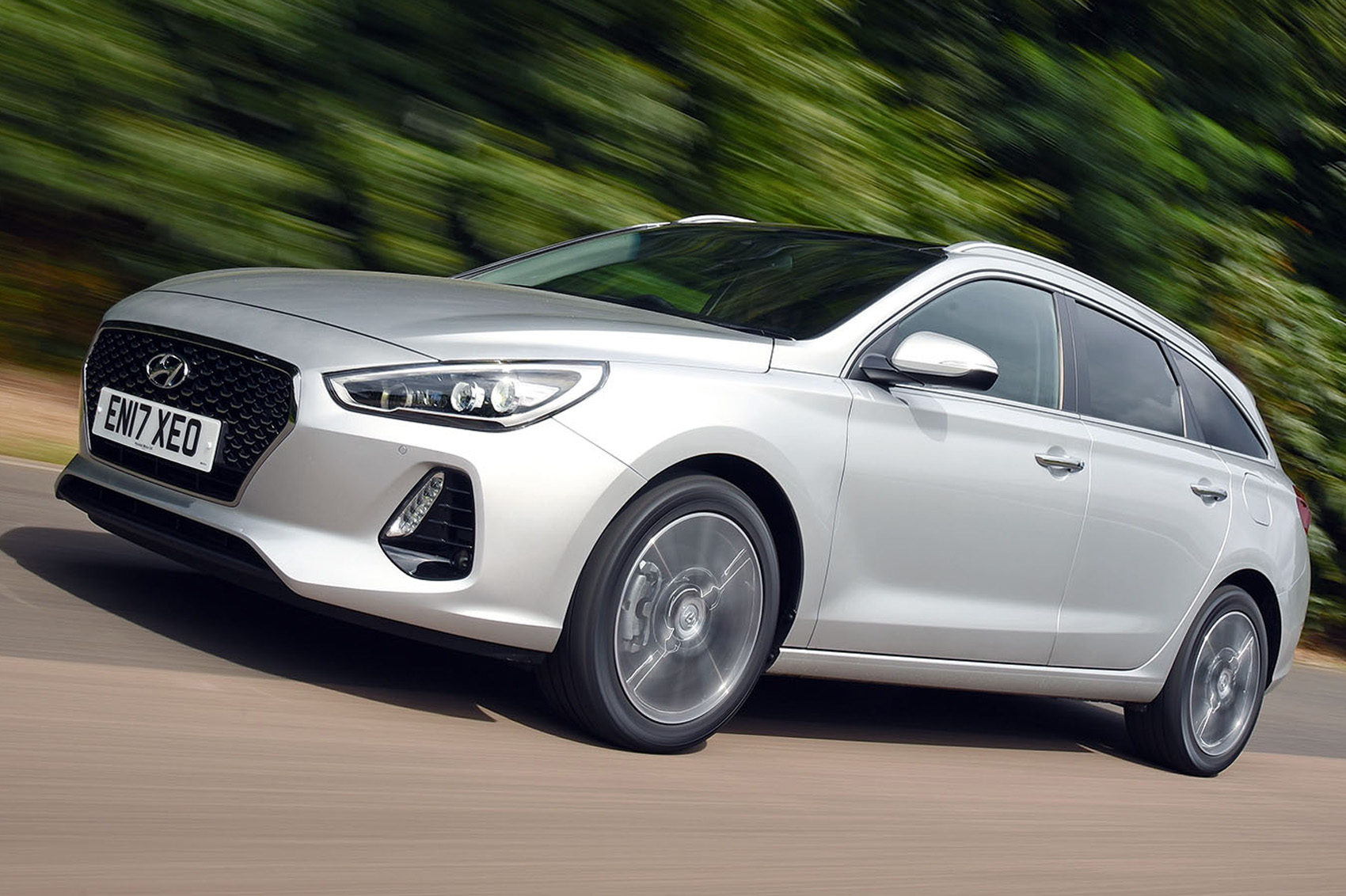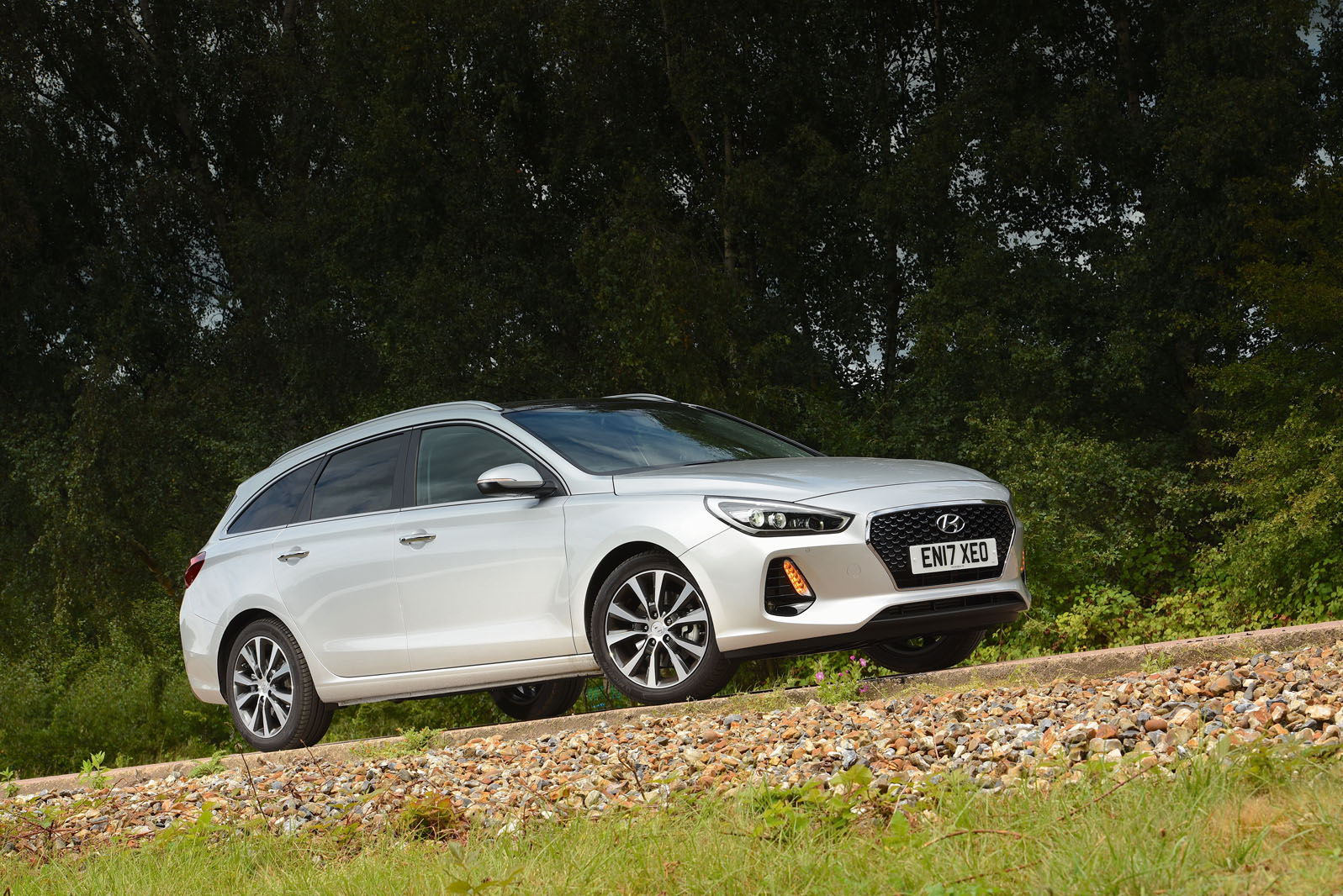As recent industry feats go, Hyundai Motor Company’s incursion onto the European continent must rank among the most impressive. A decade ago, when the original Hyundai i30 was launched, the Korean manufacturer was little more than a sideshow in volume terms.
In 2015, it registered 470,130 vehicles here – which was nearly 11 percent more than it managed the year before.
Its success story owes something to good fortune (the scrappage scheme of 2008 benefited no other firm quite so vigorously) but mostly it has been achieved by adroitly supplying buyers with what they want: build quality, equipment, keen pricing, practicality, reliability and a long, unlimited warranty to underpin it all.
Moreover, and no less important, there is Hyundai’s rapacious appetite for refreshing its line-up.
This latest generation of the i30 is the third, and although it might not quite qualify as ‘all-new’ (the platform has been overhauled materially rather than switched out), the new model’s introduction is significantly more impactful than many will believe.
Not least among its alterations is a new look – delivered by Peter Schreyer, the Hyundai-Kia design demigod – that will inform (another) new generation of product. There are new engines, too, most notably the 1.4-litre T-GDi fitted to our test car.


